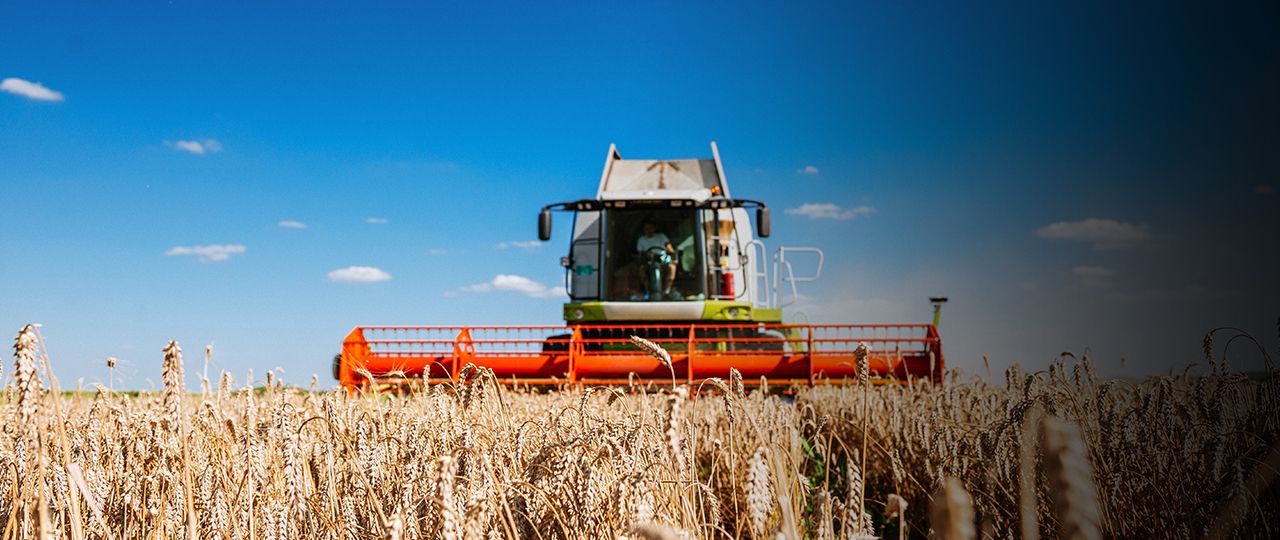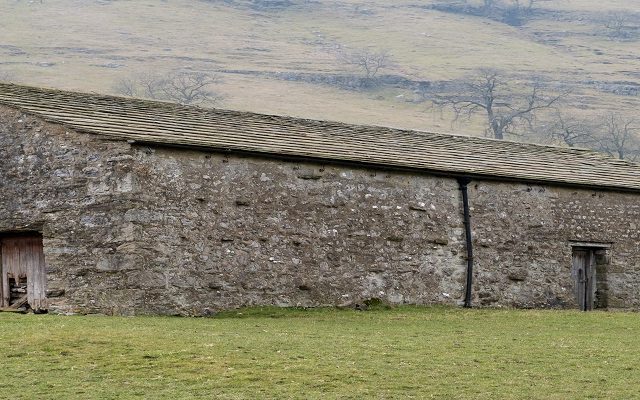Pressure on farm employers in England to deliver above inflation wage rises
Farm businesses in England may need to deliver a higher % wage increase for 2018/19 than they have in previous years to keep in line with changes in the National Living Wage and agricultural wage rates in the rest of the UK.
However, it may be appropriate for the actual percentage increase to differ between farmworkers, reflecting other non-pay benefits and current levels of pay.
Minimum wage levels for farmworkers are still set by official pay review bodies in Northern Ireland, Scotland and Wales.
However, in England the Agricultural Wages Board (AWB) was disbanded in 2013, so there are now no formal figures on which to base the annual review which traditionally takes effect from October.
Each year, Strutt & Parker seeks to come up with guidance for its clients based on analysis of key market indicators, such as what has been agreed by each of the continuing AWBs, the rate of inflation and outcome of public sector pay awards.
This analysis pointed towards a 1.4% wage increase in 2017, 1% in 2016, 1% in 2015, 2.3% in 2014 and 1.9% in 2013.
We know arable farmers on light land have had a poor harvest and livestock farmers are also facing considerable pressure due to lack of forage and the high cost of concentrate feeds.
However, the National Living Wage – for employees aged over 25 – rose by 4.4% from £7.50 to £7.83/hr with effect from 1 April 2018. This means the rate for a ‘standard’ (Grade 2 equivalent) agricultural worker must at least match this minimum hourly rate.
The pay bodies in Northern Ireland, Scotland and Wales also agreed pay increases for Craftsman Grade workers ranging from 3.5% to 5%. The highest rate agreed is in Wales where the rate for Grade 4 equivalent workers is now £9.16/hr.
It is difficult to justify suggesting that English employers should pay their employees less than they would receive if working in Wales – particularly given the shortages in skilled labour the sector is facing. But this does mean applying a 3.5% increase for farm staff on the basic Craftsmen’s rate (Grade 4), which some employers may find challenging following a difficult year.
In line with government pay reviews for the public sector, it may be appropriate for those paid above the basic rate to receive lower percentage increases.
Employers may also want to take into consideration any other non-pay benefits which are part of the package, such as accommodation and opportunities for career progression.
Taking all these factors into account, we are suggesting employers consider increases in the range of 2.5% to 3.5%.
Pension contributions
Employers are also reminded that their minimum pension contributions through auto-enrolment will rise by 1% to 3% in April 2019.
The employee’s contributions will also rise in April, from 3% to 5%, which means that despite a wage increase some workers will find their take-home pay may only increase a little.
Other factors
Over the year to July 2018, the Retail Price Index rose by 3.2% and the Consumer Price Index rose by 2.3%.
Public sector wage rises ranged from 2% for police, prison officers and armed forces (but with additional consolidated one-off payment of up to 0.9% in addition) and 3.5% for teachers.
For more information, contact your local Strutt & Parker Farming team.






